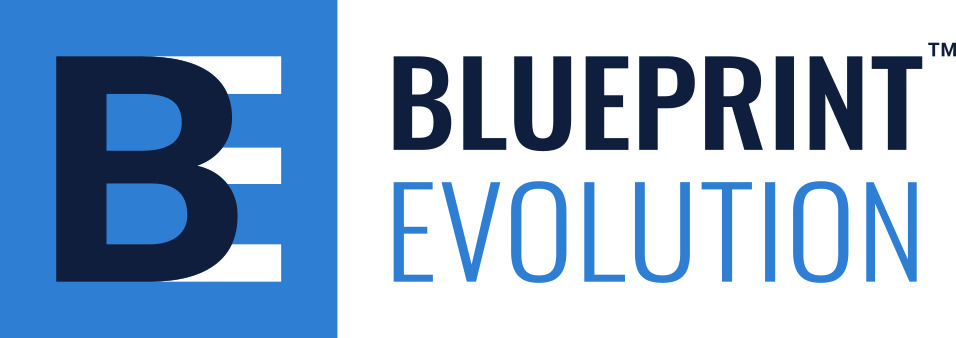In today’s diverse and rapidly evolving world, integrating Diversity, Equity, and Inclusion (DEI) into the very fabric of organizational training is not just imperative but a strategic necessity. DEI-focused training transcends the traditional boundaries of workplace learning, aiming not just at compliance, but at building a culture that fosters belonging, respect, and ensures equitable opportunities for all employees. This comprehensive guide outlines how to create, implement, and leverage DEI training as a strategic tool for developing effective and successful workforces and workplaces.
Understanding DEI and Its Importance
DEI stands for Diversity, Equity, and Inclusion. Diversity defines the individual differences of people. For example this might include social, cultural, and religious differences including race, gender, age, religion, disability, sexual orientation, to name a few. \ Equity addresses the specific needs, barriers, and accommodations, to ensure all have equal opportunity to participate while actively working to identify and eliminate barriers that have prevented the full participation of some groups. Inclusion is a sustained sense of belonging where everyone is encouraged to participate, contribute, and feel empowered, creating environments where all individuals are welcomed, respected, supported, and valued.”
The importance of DEI training lies in its ability to enrich organizations by bringing in varied perspectives, fostering innovation, improving employee engagement, and enhancing decision-making processes. It is a critical component in building a workplace culture that not only acknowledges but celebrates differences, leading to increased employee satisfaction and retention, better customer understanding, and ultimately, a more successful organization.
Key Considerations in Designing DEI Training
Designing DEI training requires thoughtful consideration and a structured approach. Here are some key considerations:
- Needs Assessment: Begin with a comprehensive needs assessment to understand the specific DEI challenges and opportunities within your organization. Use surveys, focus groups, and interviews to gather input from employees at all levels.
- Setting Objectives: Clearly define the objectives of your DEI training. Objectives should be SMART: Specific, Measurable, Achievable, Relevant, and Time-bound. This clarity will guide the development of content and the measurement of the training’s effectiveness.
- Inclusive Content Creation: Ensure that training content is inclusive and reflective and representative of the diverse experiences and perspectives within your workforce. Use current language, examples, and scenarios that resonate with a wide audience and avoid stereotypes.
- Engaging and Interactive Methods: Employ a variety of training methodologies to cater to different learning styles. Interactive workshops, role-playing, group discussions, and e-learning modules can help engage participants and facilitate deeper understanding.
- Continuous Learning and Support: DEI training should not be a one-time event. Develop a program that includes ongoing learning opportunities and resources for employees to continue their DEI education.
Implementing DEI Training Throughout Your Organization
Effective implementation of DEI training involves strategic planning, communication, and engagement across all levels of the organization. Here’s how to do it:
- Leadership Buy-in: Secure commitment from top leadership. Their active support and participation in DEI training are crucial for its success and for modeling the importance of DEI to the entire organization.
- Customization and Relevance: Tailor the training to the specific needs and context of your organization. Make it relevant to your employees’ day-to-day experiences and challenges.
- Accessibility: Ensure that training is accessible to all employees. This may involve providing materials in various formats, languages, offering sign language interpretation, or ensuring physical accessibility of training venues.
- Feedback Mechanisms: Implement mechanisms to collect feedback from participants before, during, and after training sessions. Use this feedback to make continuous improvements to the training program. And! Remember you must do something with the feedback!
- Accountability and Measurement: Establish metrics to evaluate the effectiveness of DEI training. This could include changes in employee behavior, improvements in team dynamics, employee engagement scores, and progress towards organizational DEI goals.
Leveraging DEI Training as a Strategic Tool
DEI training can be a powerful strategic tool for organizational development when leveraged effectively. Here’s how:
- Attracting and Retaining Talent: Organizations are known for and prioritize diversity, equity, and inclusion (DEI) are more appealing to a broader and more diverse pool of job seekers.”DEI training can help retain talent by demonstrating the organization’s commitment to a supportive and inclusive workplace.
- Enhancing Team Collaboration and Innovation: By fostering an environment where all perspectives are valued, DEI training can enhance team collaboration, creativity, and innovation.
- Improving Customer Relations: A diverse and inclusive workforce is better equipped to understand and meet the needs of theircustomer base, leading to improved customer satisfaction and loyalty.
- Strengthening Employer Brand: A strong DEI program, highlighted by effective training, can enhance an organization’s brand and reputation as an employer of choice.
- Risk Mitigation: Comprehensive DEI training can also help organizations mitigate risks associated with non-compliance with legal and regulatory requirements related to workplace discrimination and harassment.
Designing and implementing training with a DEI focus requires a deliberate and thoughtful approach. It involves understanding the unique needs of your organization, creating inclusive and engaging content, and ensuring that DEI principles are woven into the fabric of your organization’s culture. By leveraging DEI training as a strategic tool, organizations can build more effective, successful, and inclusive workforces and workplaces, ultimately driving organizational success in a diverse world.

